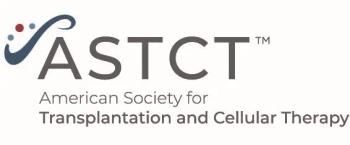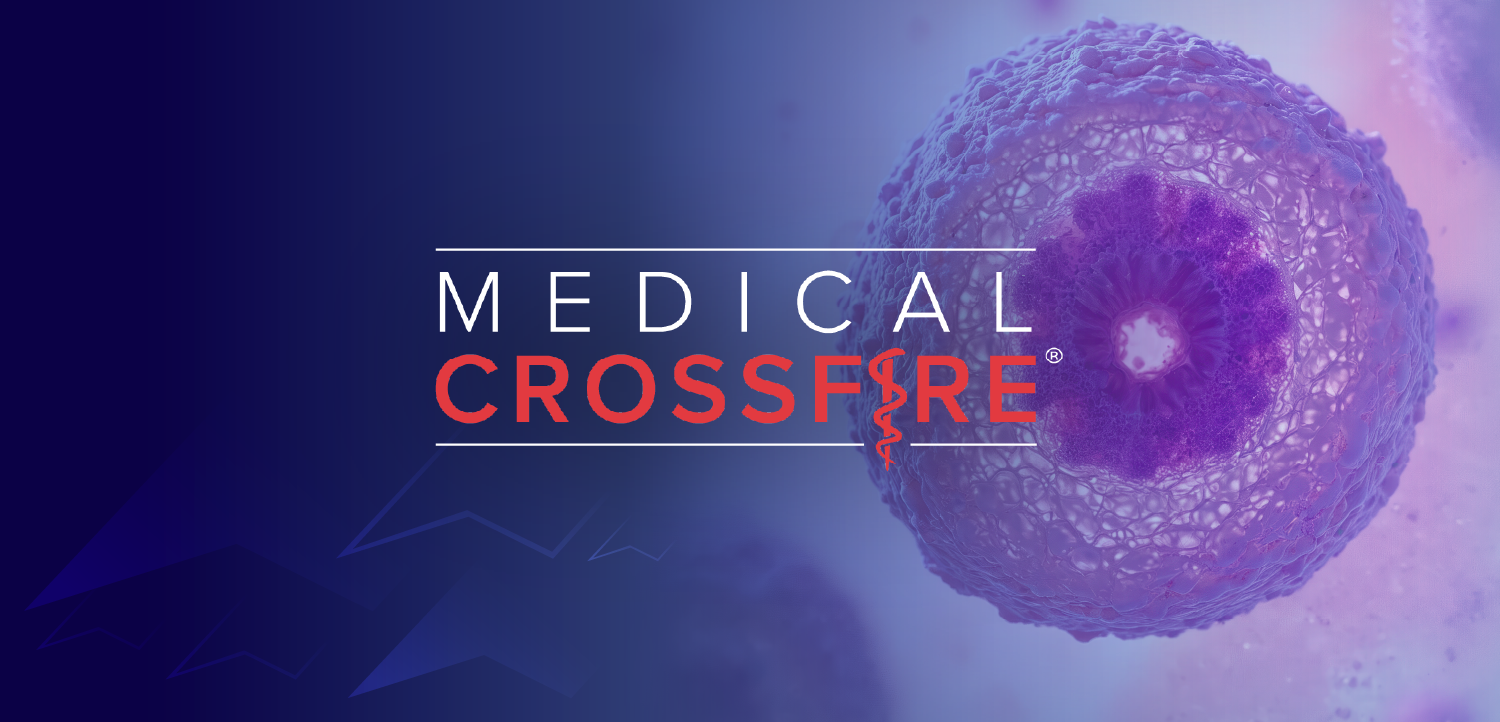
Insurance Status Linked with Follicular Lymphoma Outcomes
A study shows expanding access to care through insurance has the potential to improve outcomes in adults with follicular lymphoma.
Patients with follicular lymphoma who lacked access to health insurance had worse survival outcomes compared with patients with private insurance, according to the results of a new study.
“The findings of the study indicate that improving access to affordable, quality healthcare may reduce disparities in survival for those currently lacking coverage,” Jordan S. Goldstein, of Emory University Winship Cancer Institute, and colleagues wrote in Blood. “Further research on prognosis for follicular lymphoma should examine the impact of public policy, such as the passage of the Affordable Care Act (ACA), on follicular lymphoma outcomes, as well as examine other factors that influence access to care, such as individual-level socioeconomic status, regular primary care visits, access to prescription medications, and care affordability.”
According to the
The researchers used data on 43,648 patients with follicular lymphoma diagnosed from 2004–2014 housed in the National Cancer Database. Patients were divided into two cohorts at age 65 based on change in eligibility for Medicare.
Of the included patients, about half (47%) had private insurance, 3% were uninsured, 4% had Medicaid, and 46% had Medicare. A greater proportion of patients aged younger than 65 had private insurance (80%), whereas, a greater proportion of those aged 65 or older had Medicare (86%).
During the 10-year study period, 26% of patients died. In patients younger than 65, overall survival (OS) at 5 years was 90% for privately insured patients, 78% for uninsured patients, 80% for those with Medicaid, and 78% for those with Medicare. OS was significantly shorter for those who were uninsured, had Medicaid, or Medicare, compared with those with private insurance.
“Our results showed that patients with Medicaid, Medicare or no insurance under age 65 were more likely to have a delay in treatment and were more likely to receive systemic therapy than their privately insured counterparts; however, these associations were not found in the elderly cohort,” the researchers wrote.
In patients age 65 or older, the OS at 5 years was 69% for those with private insurance and 62% for those with Medicare. Again, those with private insurance had improved OS compared with those with Medicare.
“Patients who were uninsured or had Medicaid more commonly had: poorer socioeconomic status, advanced stage, B-symptoms, and multiple comorbidities, likely contributing to the observed survival difference,” the researchers wrote. “These associations persisted when controlling for the known and available sociodemographic and prognostic factors.”
Despite facing the typical limitation of retrospective analyses, this study has several strengths including its large sample size and inclusion of some key clinical factors known to affect follicular lymphoma survival, according to Christopher R. Flowers, MD, of Winship Cancer Institute at Emory University in Atlanta.
"Future studies on outcomes in follicular lymphoma should include insurance status as an important predictor," Flowers told Cancer Network. "Additional research on survival for patients with follicular lymphoma is needed that examines the impact of public policy on cancer outcomes and uses detailed prospectively collected individual patient-level data that incorporates important clinical, genetic, biological, and sociodemographic factors.
Newsletter
Stay up to date on recent advances in the multidisciplinary approach to cancer.



















































































